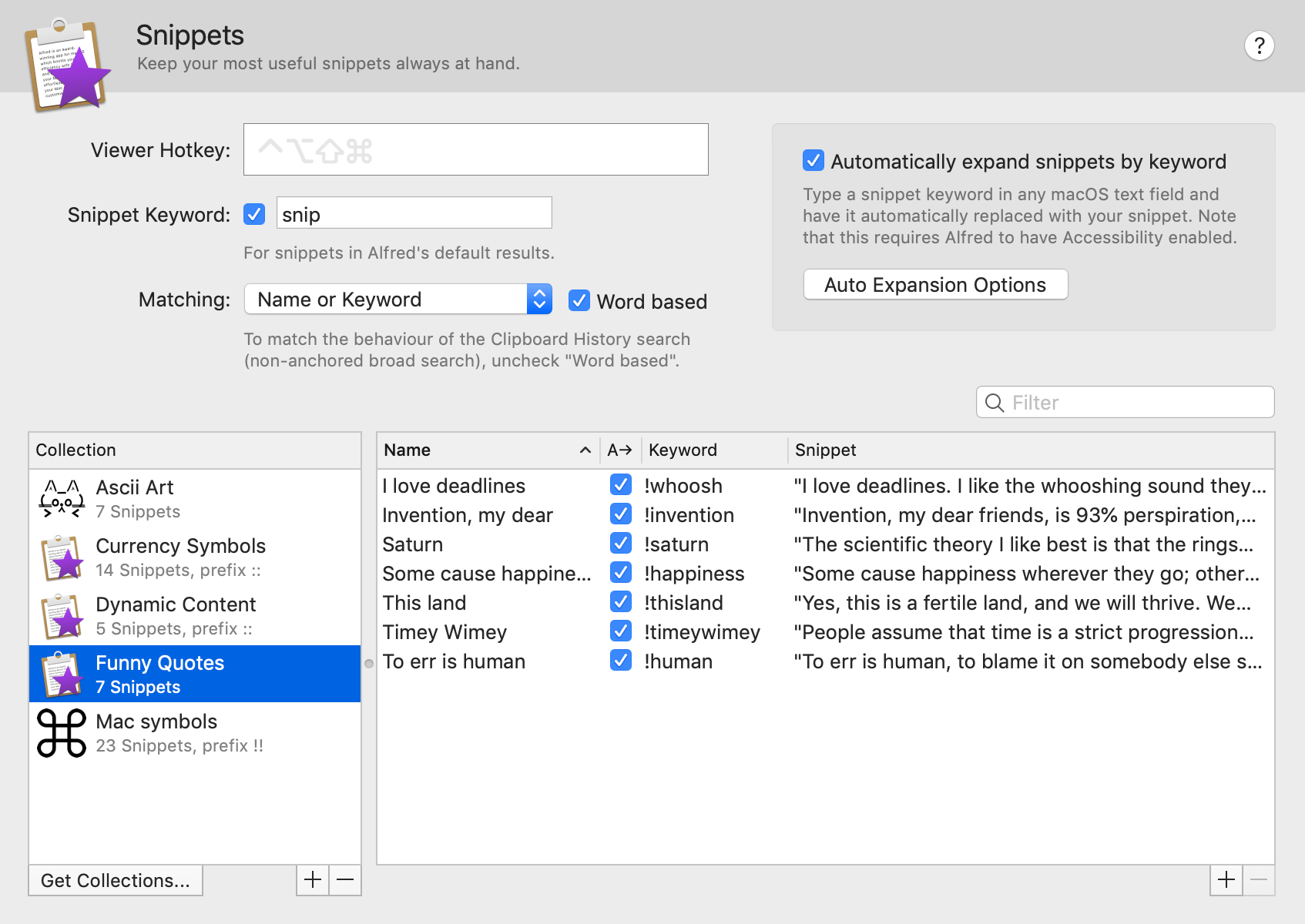

- #Google auto text expander add words for mac#
- #Google auto text expander add words full#
- #Google auto text expander add words software#
- #Google auto text expander add words code#
It lets you add text, images, and multimedia content to abbreviations so you don’t have to write the most frequently used phrases again and again.
#Google auto text expander add words for mac#
aTextĪText is the app my favorite text expander for Mac and was recently launched for Windows as well. Related: Best Text Expander apps for macOS Text Expander Apps for Windows (Free) 1. However, here are some of the best text expander applications for your Windows system. Windows has many different text expander applications.
#Google auto text expander add words full#
These character sequences will be automatically expanded in real-time into full words, phrases, or even entire sentences depending on your configuration. The first column shows the first sentence of a news article which is the model input, and the second column shows what headline the model has written.In case you are wondering, a text expander is a simple application that lets you type a shorter character sequence in place of the actual words, phrases, and sentences. To get an idea of what the model produces, you can take a look at some examples below. In this case, the model reads the article text and writes a suitable headline. In particular, we’re able to train such models to produce very good headlines for news articles.

It turns out for shorter texts, summarization can be learned end-to-end with a deep learning technique called sequence-to-sequence learning, similar to what makes Smart Reply for Inbox possible. It’s clear we would prefer good abstractive summarizations, but how could an algorithm begin to do this?

This is called abstractive summarization.Ībstractive summary: Alice and Bob visited the zoo and saw animals and birds.In this example, we used words not in the original text, maintaining more of the information in a similar amount of words. As we can see, sometimes the extractive constraint can make the summary awkward or grammatically strange.Īnother approach is to simply summarize as humans do, which is to not impose the extractive constraint and allow for rephrasings. saw a flock of birds.Above we extract the words bolded in the original text and concatenate them to form a summary. Extractive Summary: Alice and Bob visit the zoo. They saw a baby giraffe, a lion, and a flock of colorful tropical birds. Original Text: Alice and Bob took the train to visit the zoo. Algorithms of this flavor are called extractive summarization. One approach to summarization is to extract parts of the document that are deemed interesting by some metric (for example, inverse-document frequency) and join them to form a summary. Below we also provide samples generated by the model. We also specify the hyper-parameters in the documentation that achieve better than published state-of-the-art on the most commonly used metric as of the time of writing.
#Google auto text expander add words code#
In an effort to push this research forward, we’re open-sourcing TensorFlow model code for the task of generating news headlines on Annotated English Gigaword, a dataset often used in summarization research. To summarize well, machine learning models need to be able to comprehend documents and distill the important information, tasks which are highly challenging for computers, especially as the length of a document increases. Summarization can also serve as an interesting reading comprehension test for machines. Being able to develop Machine Learning models that can automatically deliver accurate summaries of longer text can be useful for digesting such large amounts of information in a compressed form, and is a long-term goal of the Google Brain team.
#Google auto text expander add words software#
Posted by Peter Liu and Xin Pan, Software Engineers, Google Brain TeamĮvery day, people rely on a wide variety of sources to stay informed - from news stories to social media posts to search results.


 0 kommentar(er)
0 kommentar(er)
